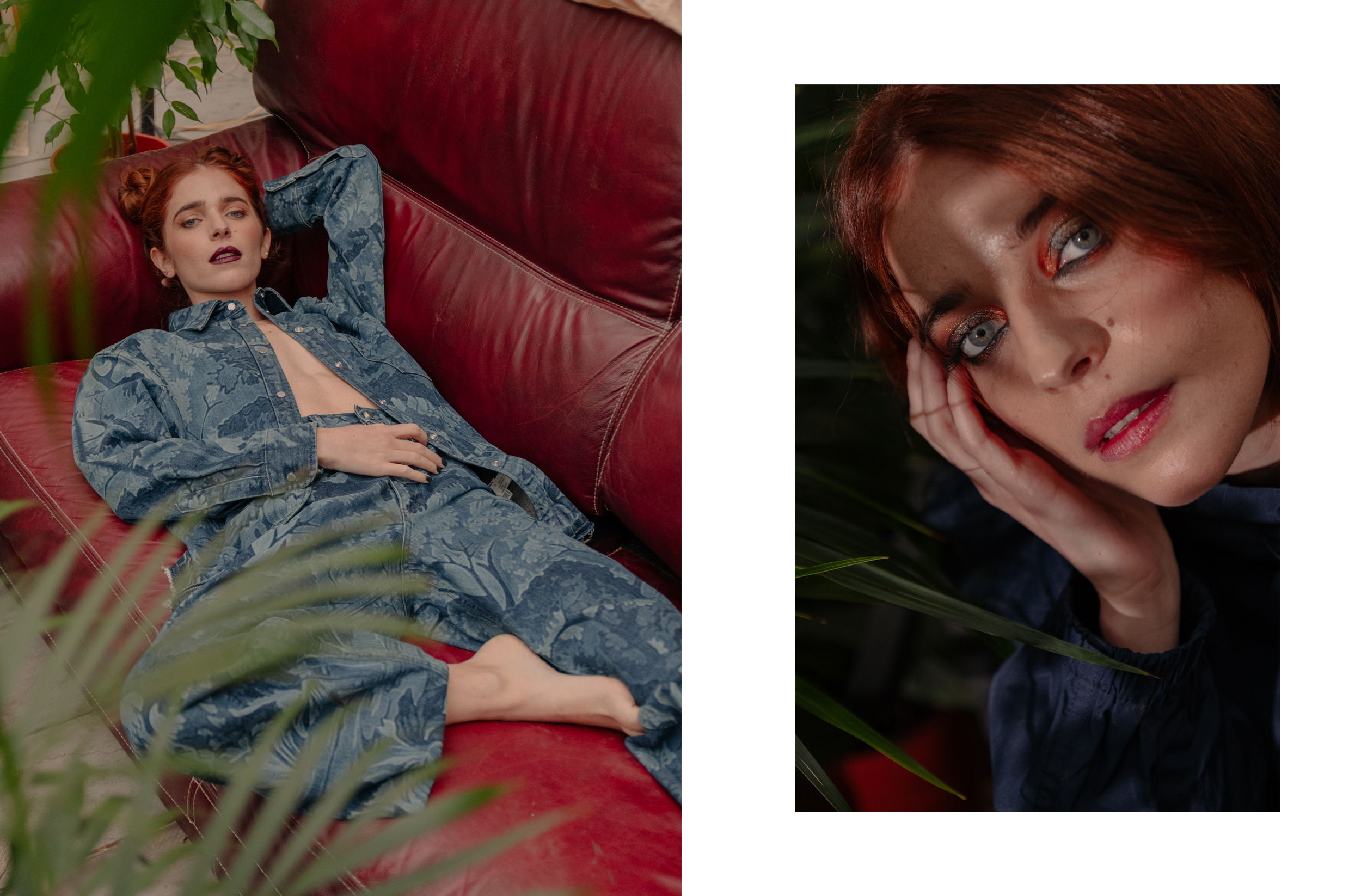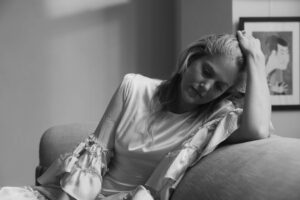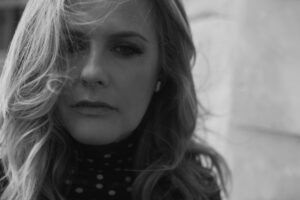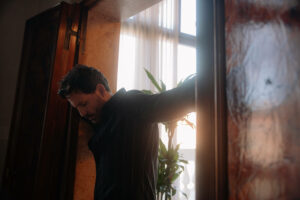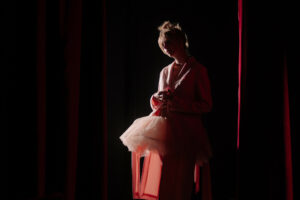In the series “Mare Fuori” by Carmine Elia, airing on the Italian TV channel Rai2, she’s the gypsy Naditza; in the recent Rai Fiction-Anele co-production “Carla,” we’ve seen her play the ballerina Anita: Valentina Romani brings out her best, motivated by the enthusiasm and importance of representing on the screen characters that convey powerful messages, lives of iconic figures, and characters constantly searching for themselves.
While looking forward to seeing her again in the third season of “La porta rossa,” we asked Valentina to unveil something about the development of her characters, so different one from another, yet all so rooted in her heart, all so “fitting,” just as she likes it. In a stream of continuous inspiration subtly offered by her five senses and what they can grasp and process from our complicated world.
What’s your first cinema memory?
My first cinema memory is Disney movies, from “Cinderella” to “101 Dalmatians,” movies that have marked my childhood.
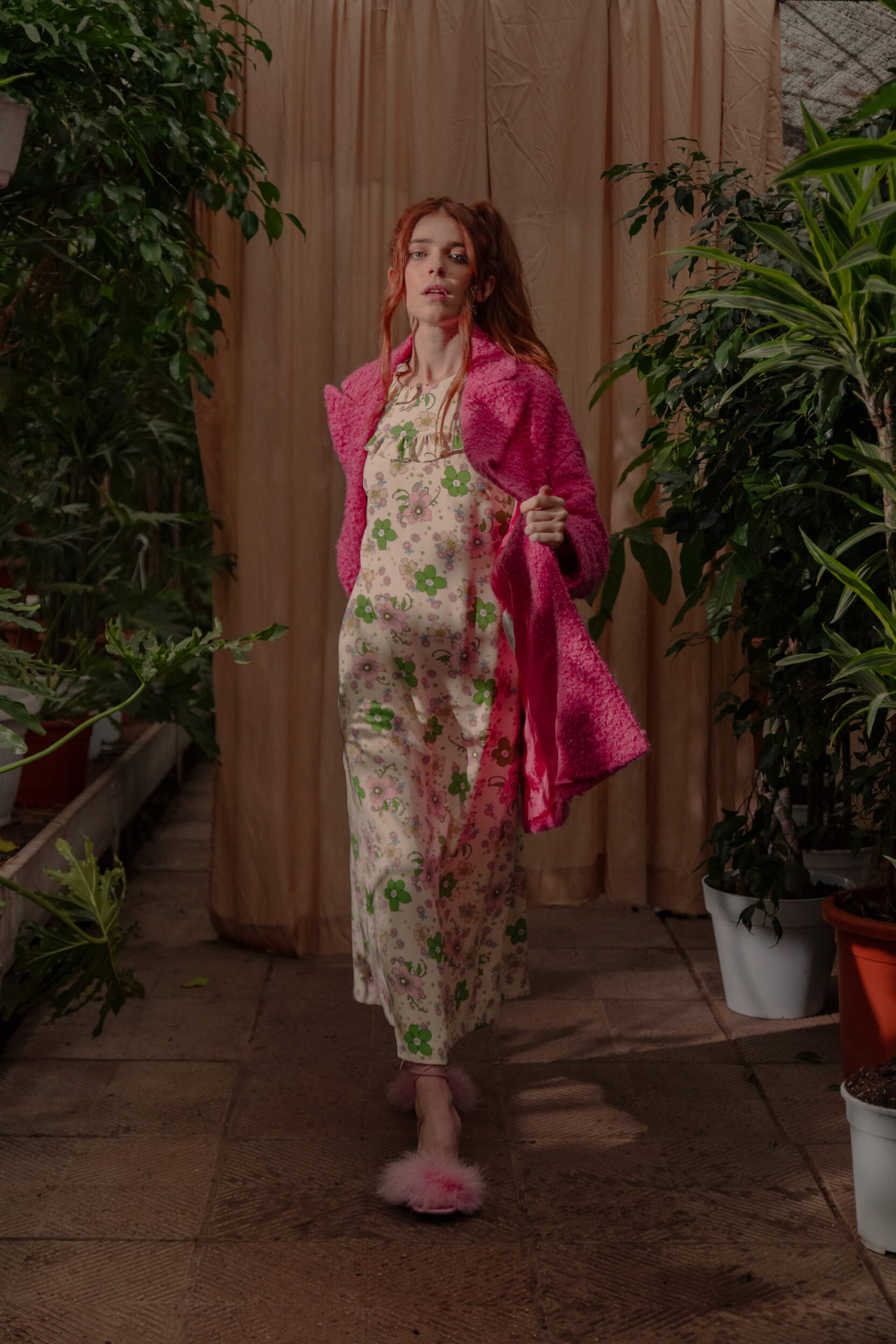
We’ve recently seen “Carla,” the film that pays homage to étoile Carla Fracci, an ambitious project in which you’re involved. What was your first impression when you read the script and the first question you asked the director and yourself?
Taking part in such an ambitious project like “Carla” was a huge honor; I felt like not only had I the chance to combine two big passions of mine, the passion for dance and the one for acting, but also the opportunity to tell the life of an icon of femininity, elegance, sportiness. I remember that, when I read the script, I thought that Anita didn’t have a nice personality at all, and Emanuele Imbucci, the director to whom I completely relied on, and we decided together to give her the realism that such a personality needs to have. For Anita, the end always justifies the means, she has goals and she wants to achieve them no matter what.
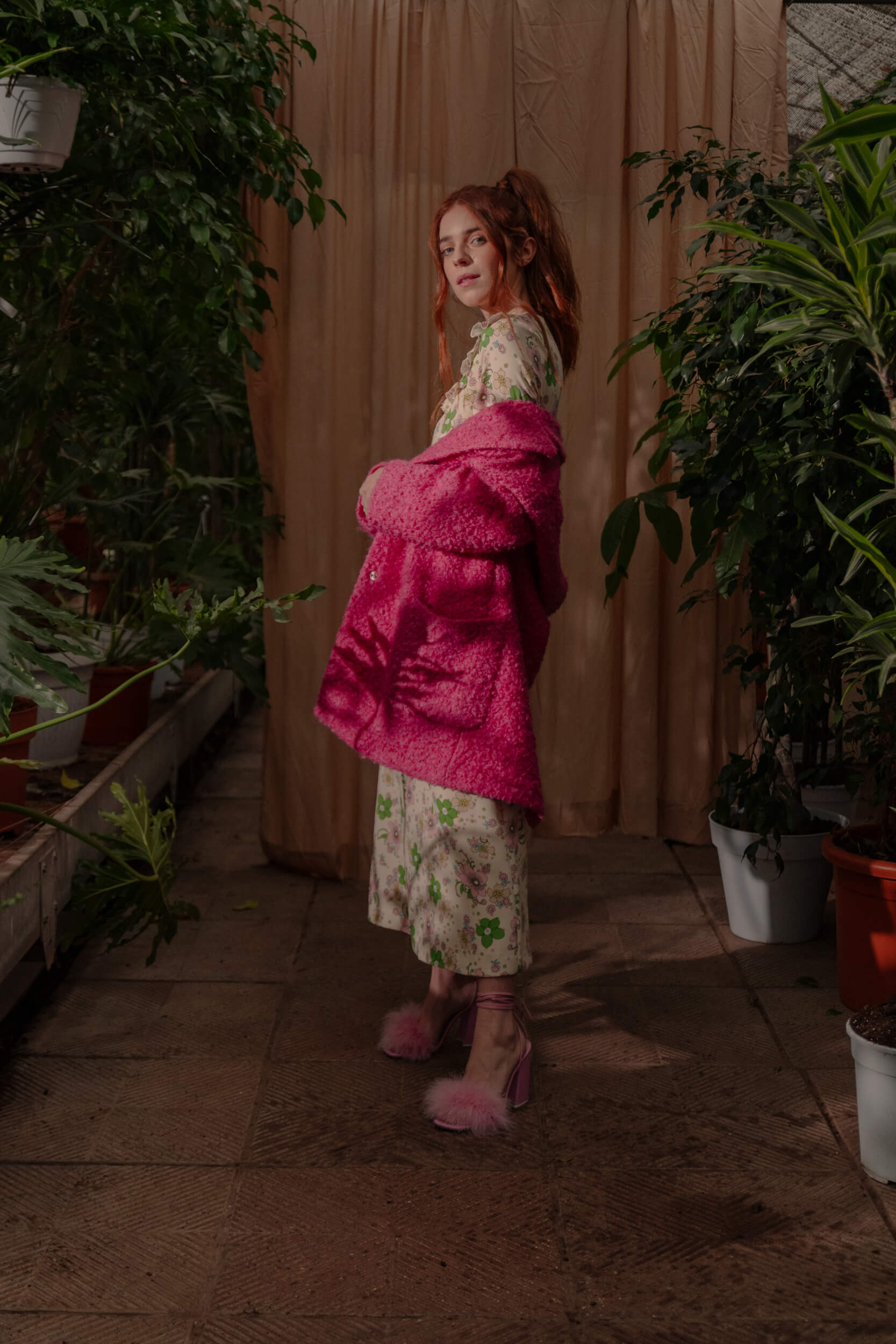
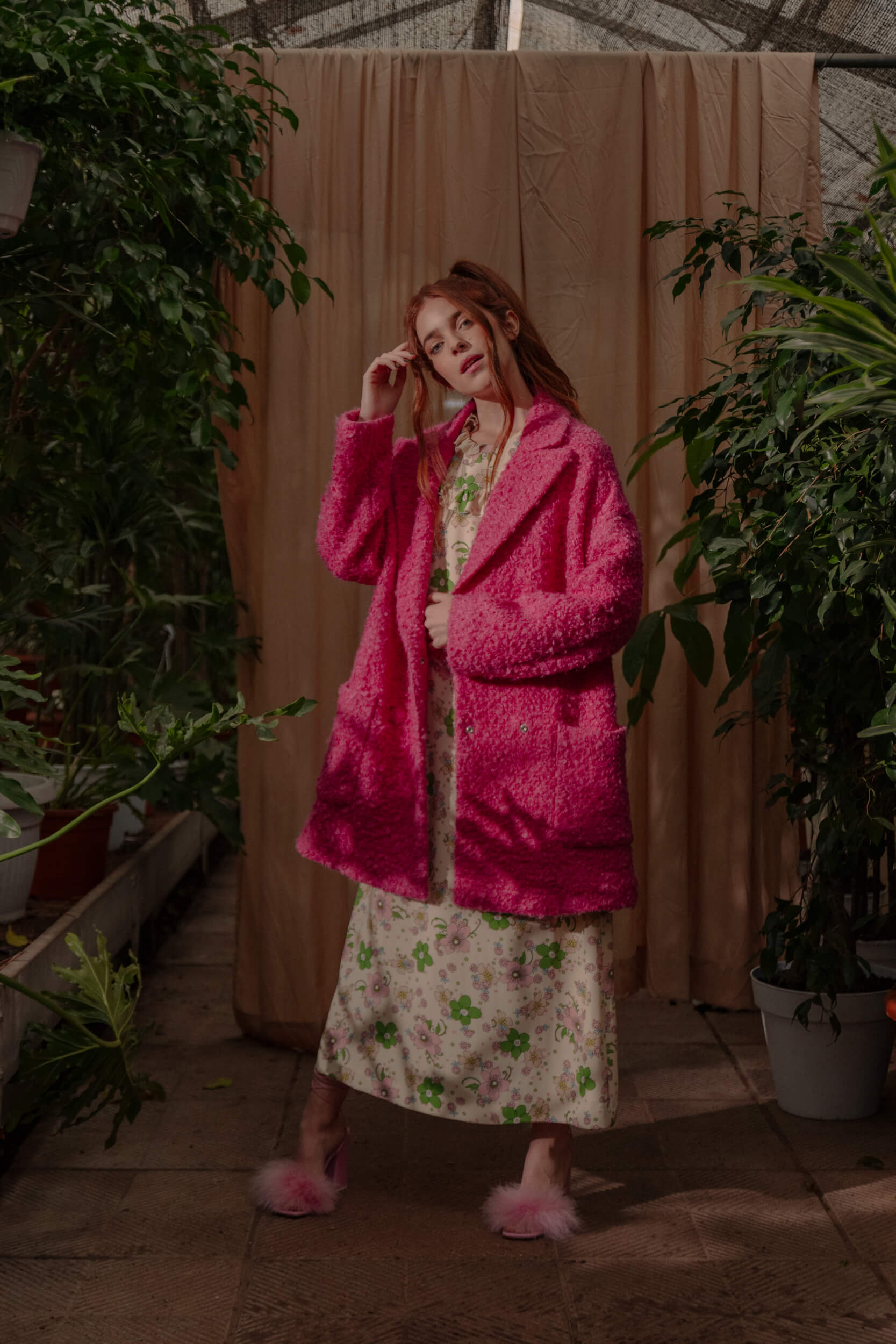
“…we decided together to give her the realism that such a personality needs to have.”
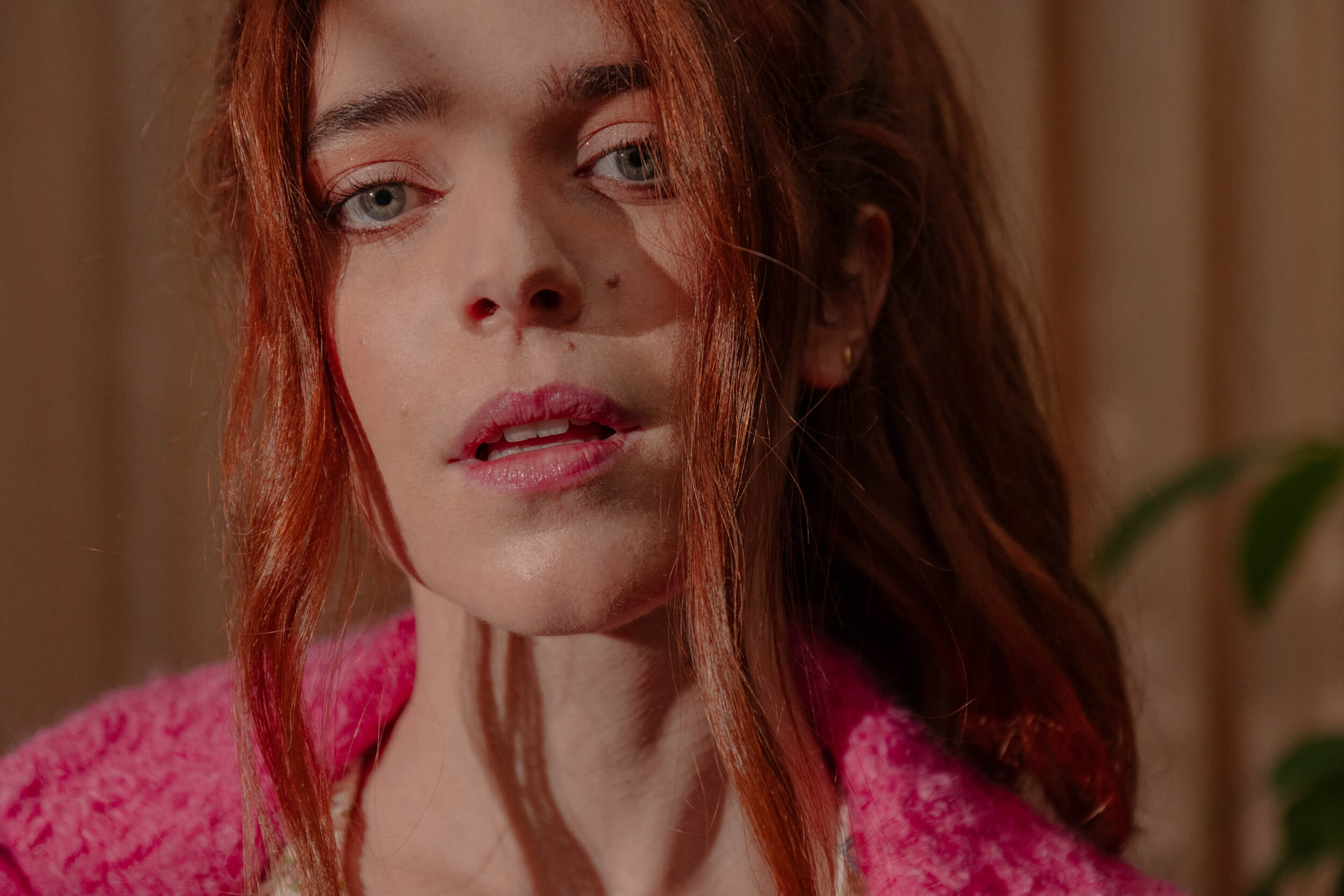
Anita is a very determined, stubborn ballerina, in competition with Carla towards a shared goal: success. What was your approach to the character like and how much of yourself is there in her?
During the study process of my character, I always kept in mind that I didn’t necessarily need to like Anita; sometimes, we just have to accept the fact that the characters we give life to don’t exactly move into the world the way we would, and that’s probably one of the best parts of my job. However, as far as I’m concerned, I don’t feel like judging her; competition, if meant in the right measure, is healthy.
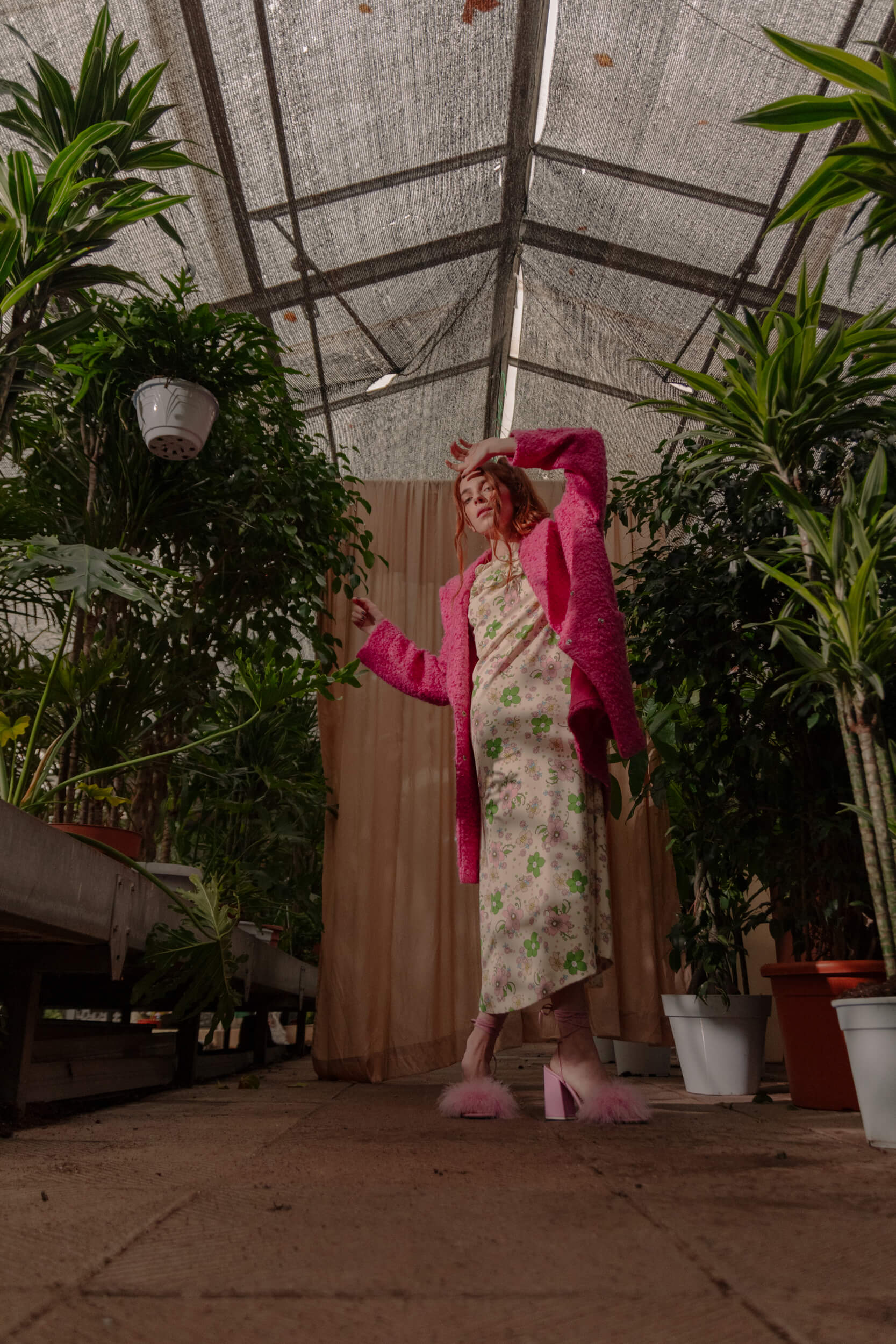
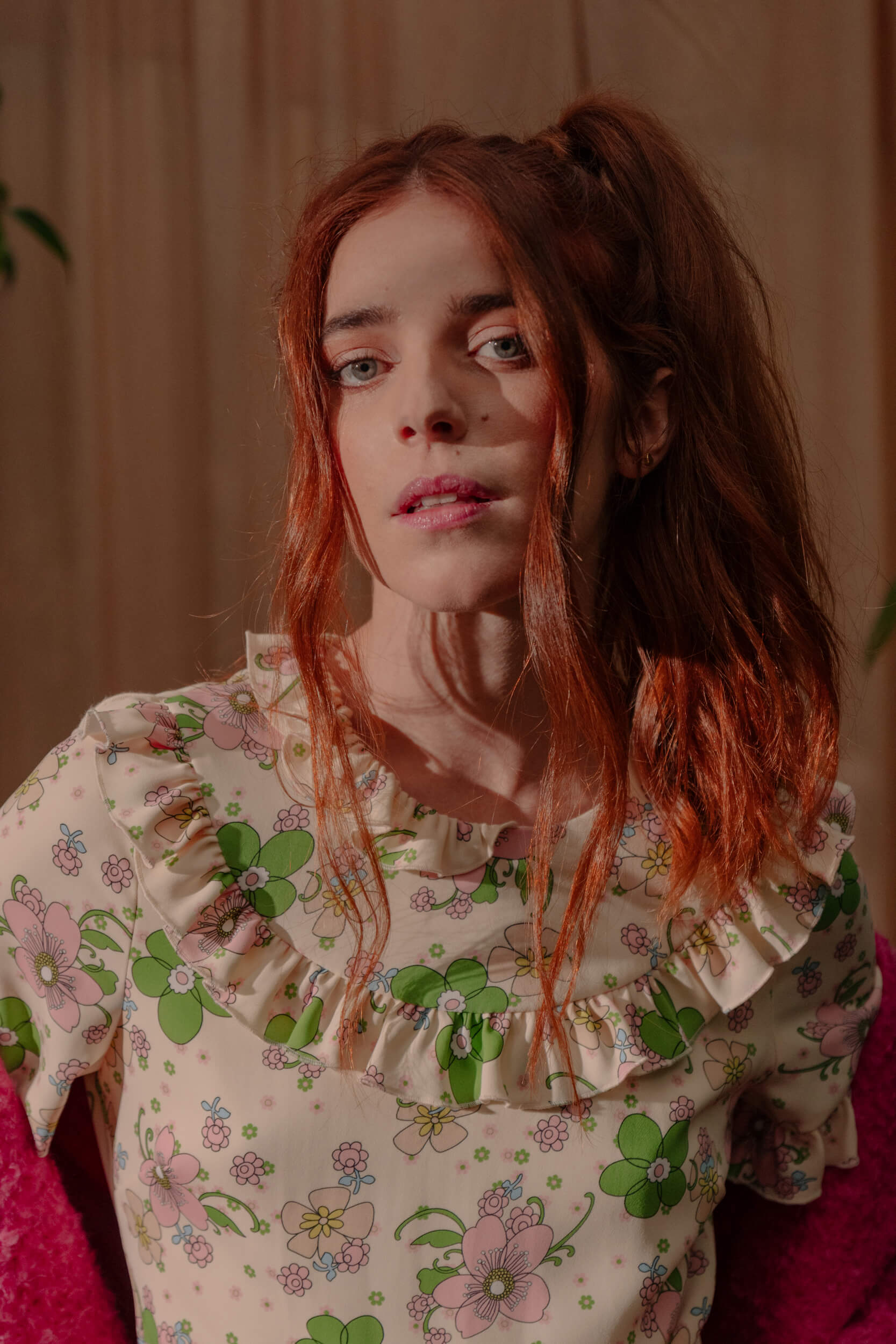
You’ve studied ballet yourself, in the past: what was it like to dust off your leotard, dance shoes, and technique?
Dance has always been part of my life, it’s a world to which I’m very attached; I’ve practiced ballet for almost 13 years and perhaps I’ve always kind of hoped for the moment to dig my stuff up to come. The pointe shoes have obviously been the hardest part, I had to familiarize myself again whit a pair of not properly comfortable shoes!
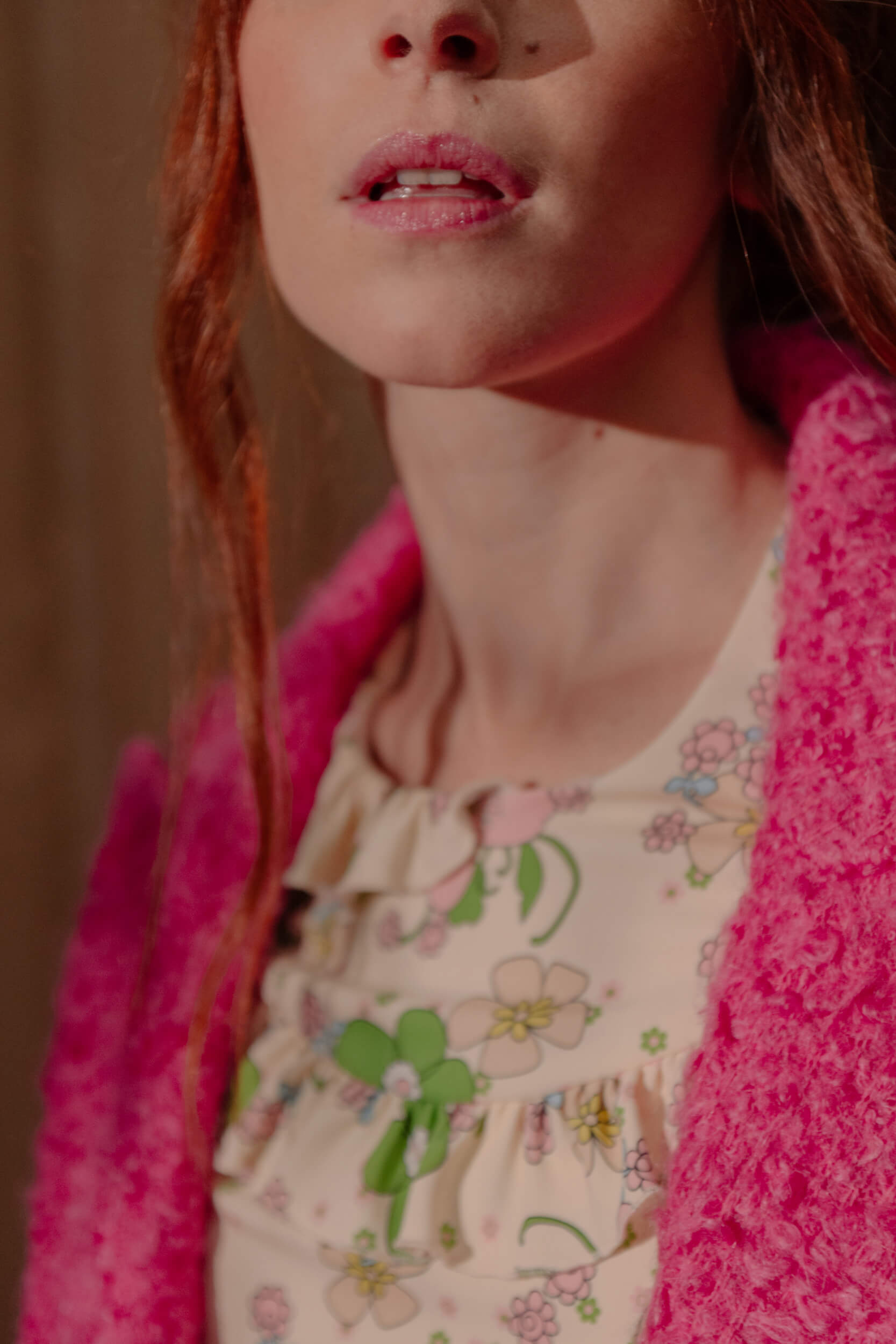
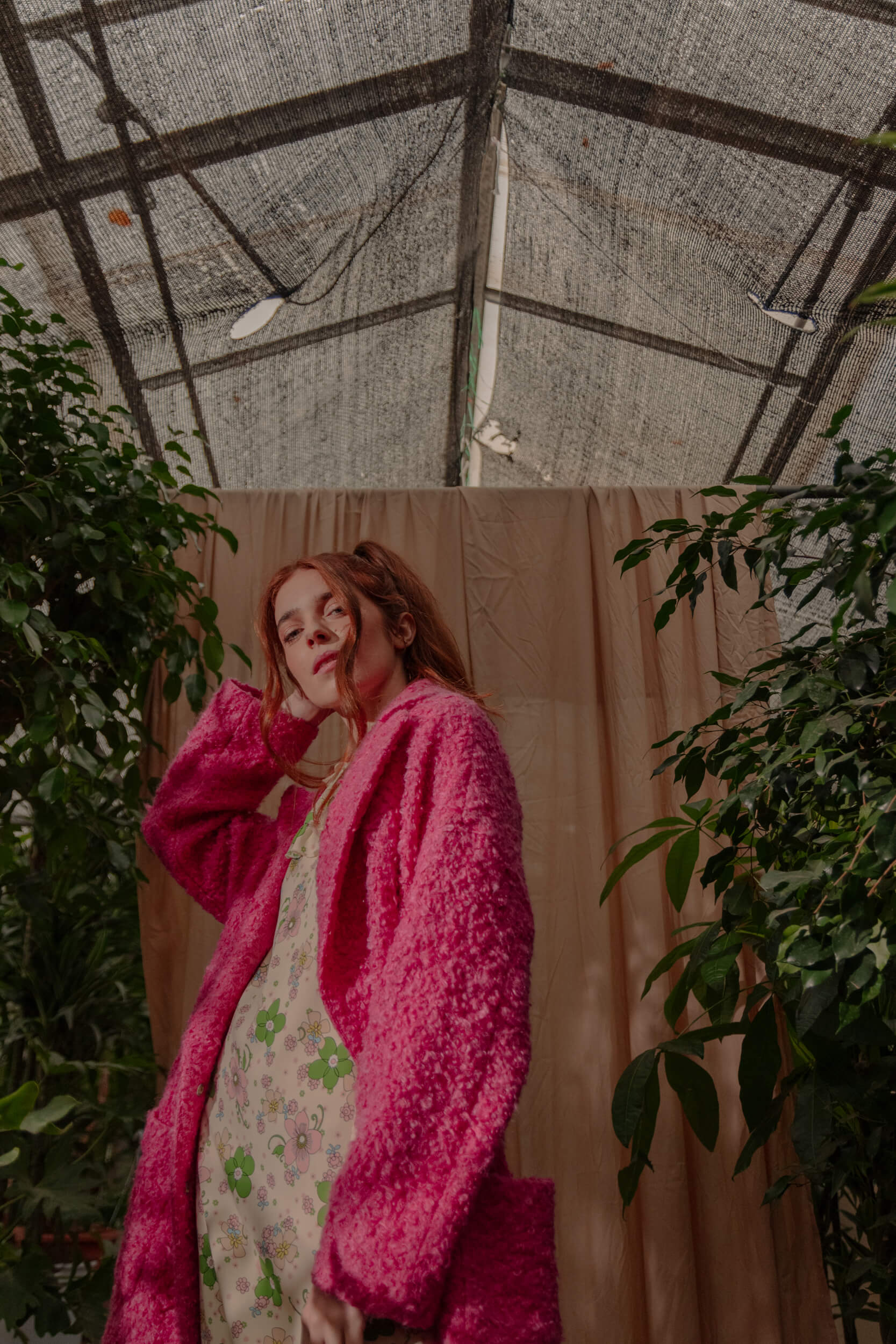
You’ve recently finished filming another successful project of yours, the third season of “La porta rossa.” What was it like to go back on set and pick up the thread of a much beloved and anticipated story? What should we expect from this chapter 3?
“La porta rossa” is a project to which I feel deeply attached. I love Trieste, the frame that it’s given to the story we tell. Vanessa is one of the hardest characters I’ve got to play so far. It embodies the uneasiness of growing up, along with the difficulty of discovering you have an extraordinary gift, that of being a medium. I can’t tease anything about season three, but I can assure you that it won’t disappoint you. The screenplay (always written by Sofia Assirelli and Giampiero Rigosi) is realistically winning.
How would you describe “La porta rossa 3” in one word?
Magnetic.
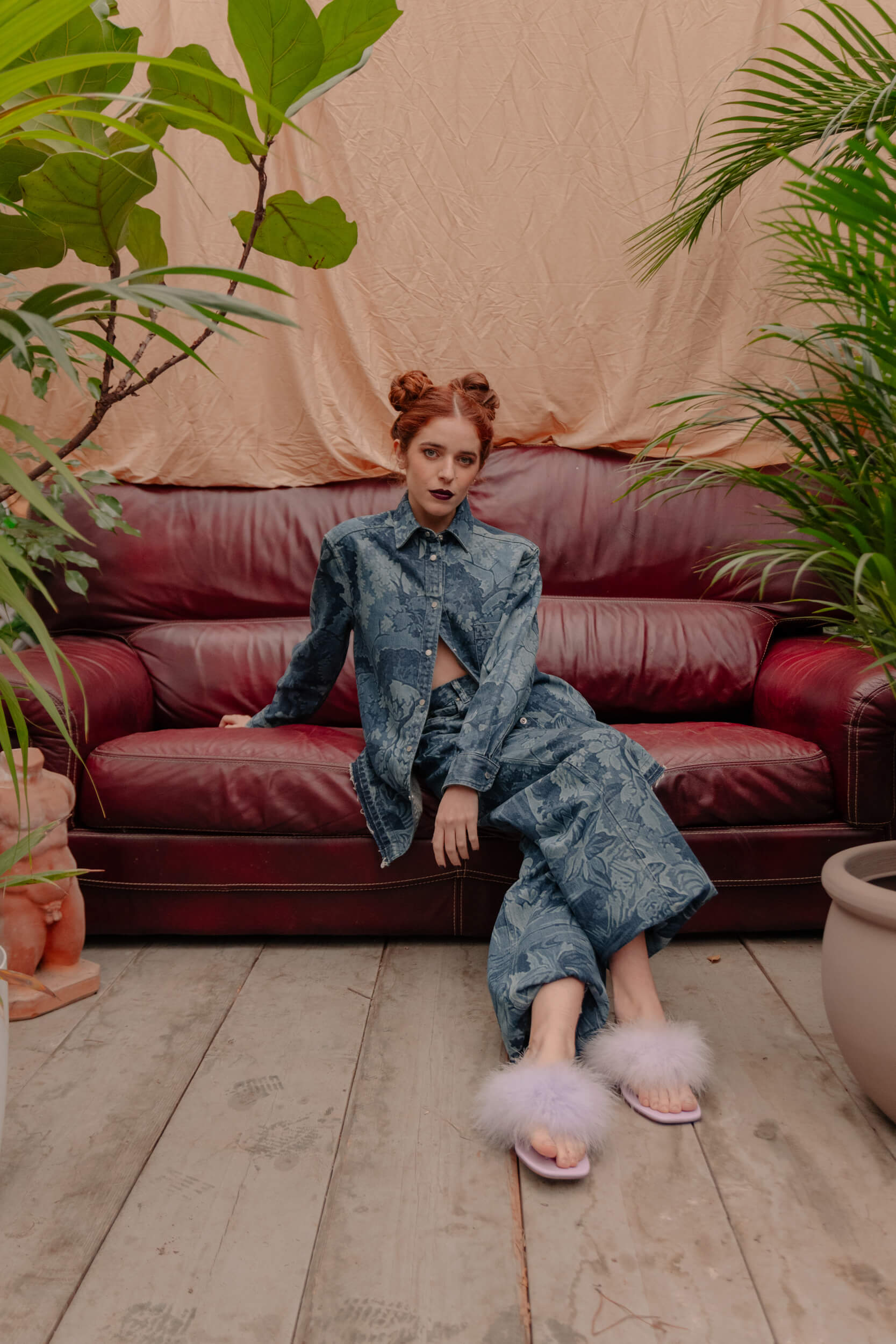
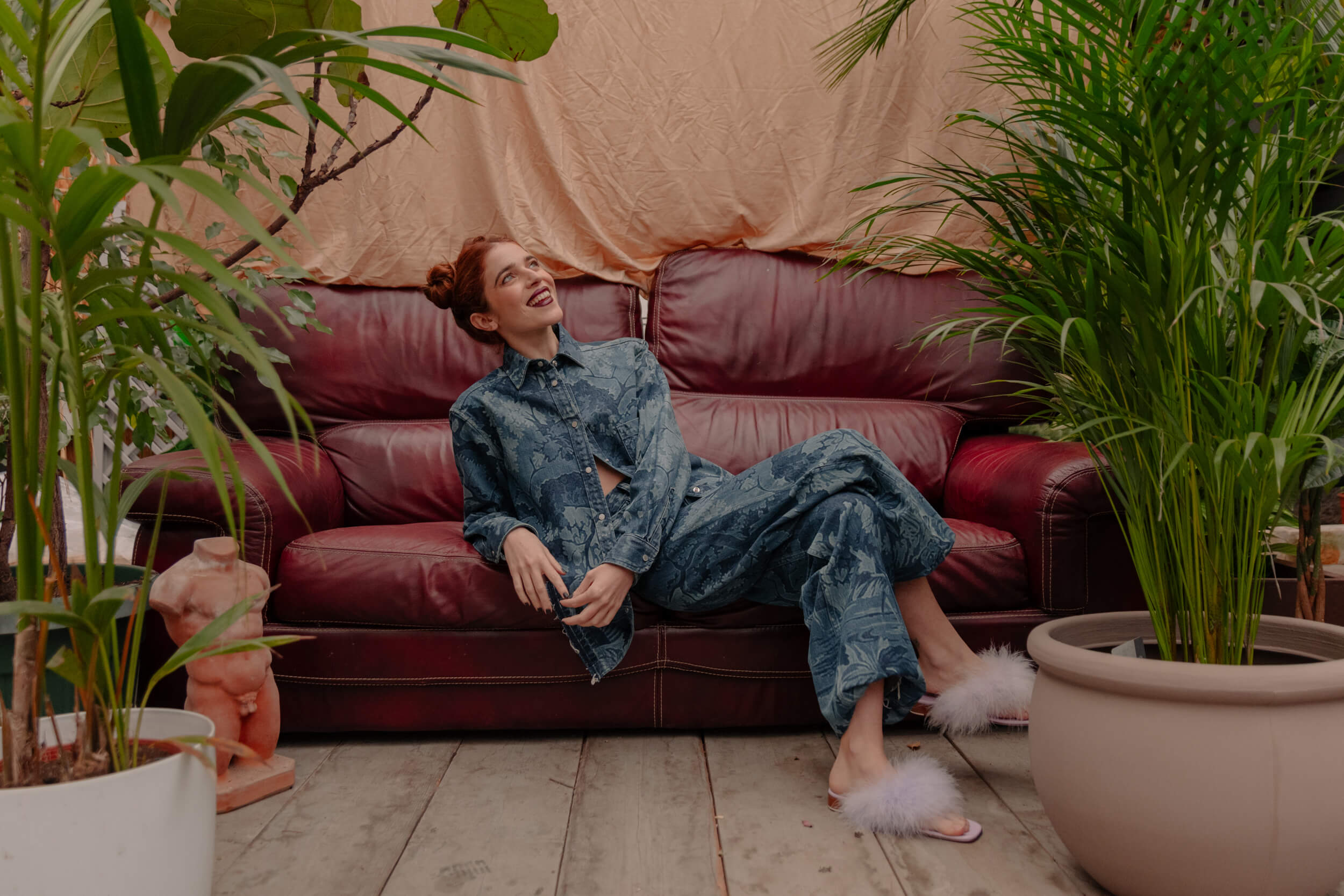
We’ve seen you back in “Mare Fuori” by Carmine Elia for season 2, whose last episode will air on Rai2 on December 22. Your character, Naditza, is a gypsy with perfect pitch. What was your preparation technique to play such an accurately detailed character, who’s also so far from you?
Naditza is pure love.
A river in flood on the hunt for feelings and emotions, a character who’s constantly looking for herself. Her thirst for life, huge courage, and bold authenticity are some of the key features of her persona. This is what I wanted to give Naditza, the possibility to be herself unrestrained. The possibility to have the chance to look at herself in the mirror with no judgment. Naditza is, in fact, a character who always carries with her an important message, especially for women, in a world that is often hostile and complicated; seconding our feelings and desires makes us free. Naditza knows what she wants and she jumps headlong on it when she sees the possibility to get it. The first obstacle I had to overcome was the Neapolitan dialect, a language I was able to explore thanks to my colleagues on the set; without them, I could have never given a voice to Naditza. As for the rest, I relied on the directors, Carmine Elia for season one, and Milena Cocozza and Ivan Silvestrini for season two. Naditza needs realism, she’s like Peter Pan’s Tinkerbell, that’s what Carmine always used to say.
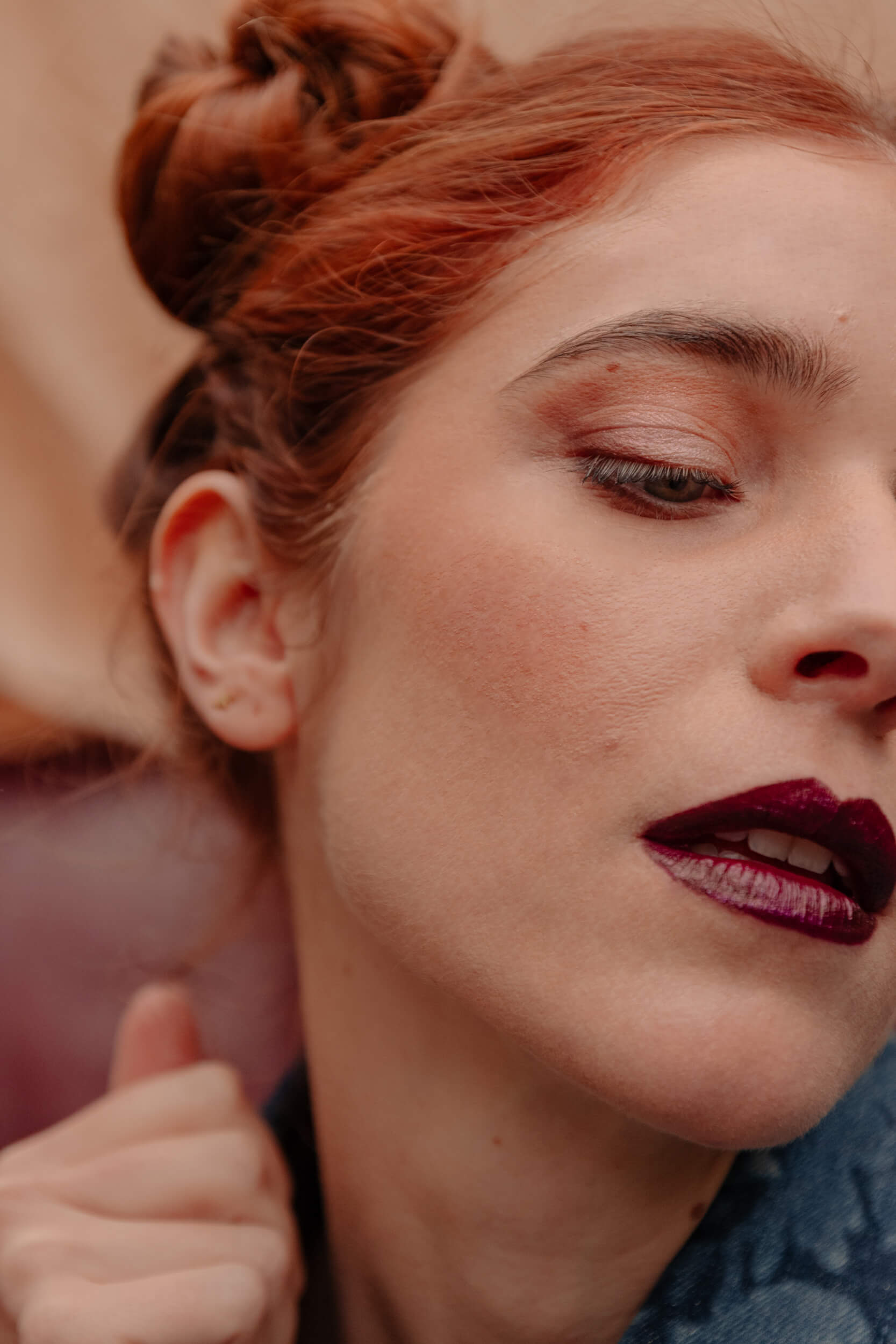
“…in a world that is often hostile and complicated; seconding our feelings and desires makes us free.”
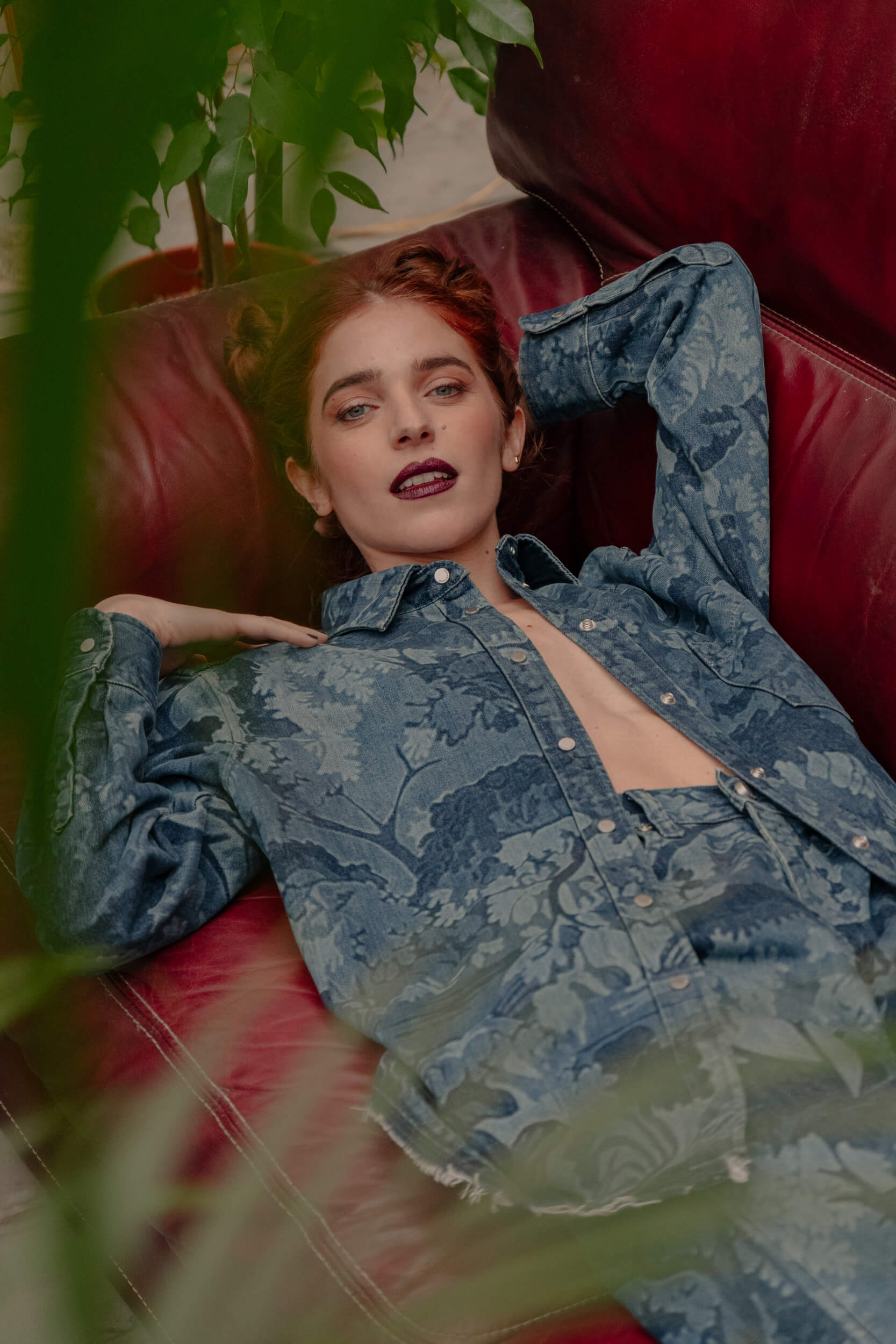
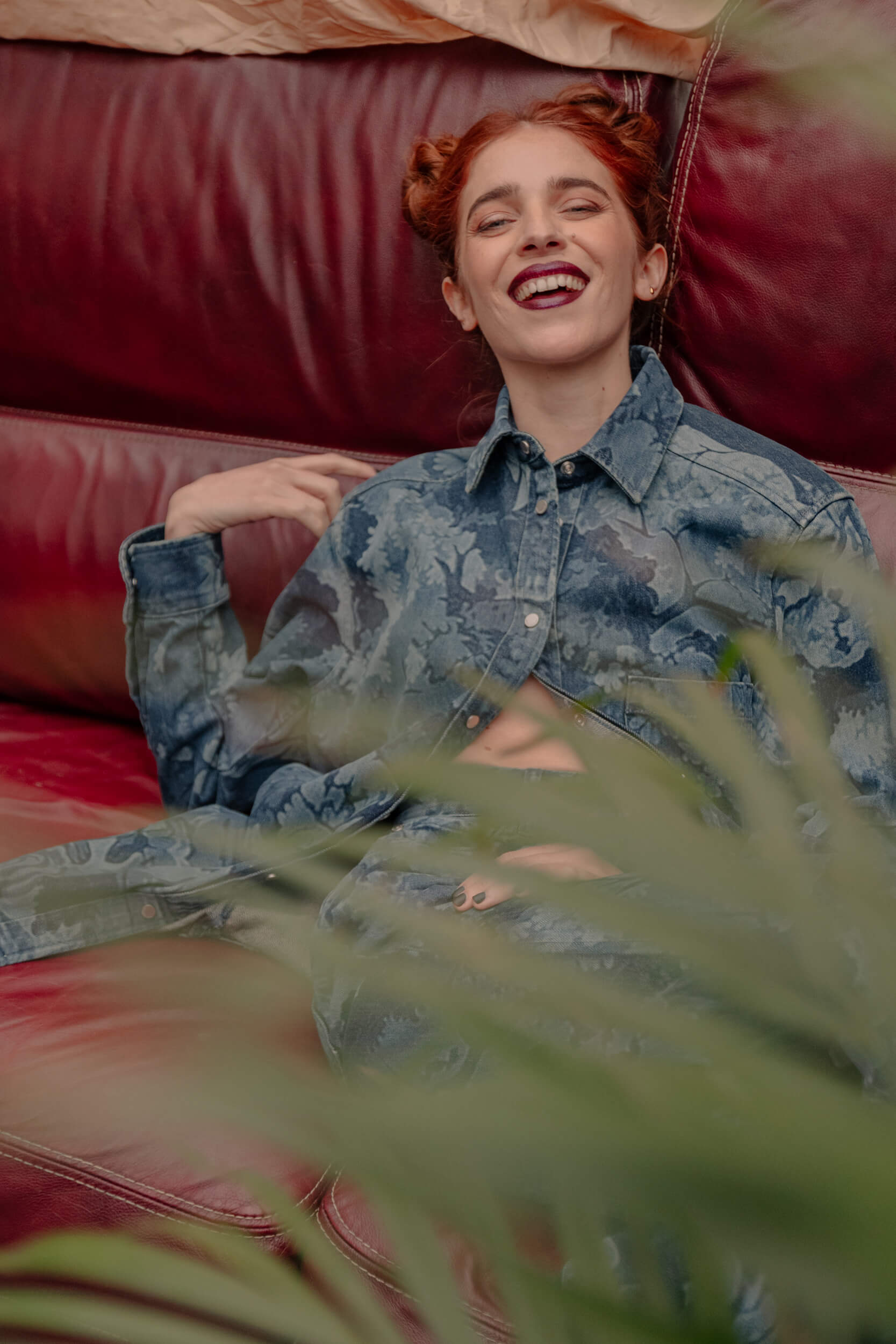
You work in films and TV shows: what’s the difference between these two types of productions and in what way does your approach to each of them change? Where do you feel more “at home”?
Cinema, alongside television and theater, are very powerful means of communication. It’s hard to choose the best field, in the end, all that matters is what you have to say, the stories you tell. If a character is beautiful and you feel like it perfectly fits you, whether it is cinema, theater, or TV, you just embrace them.
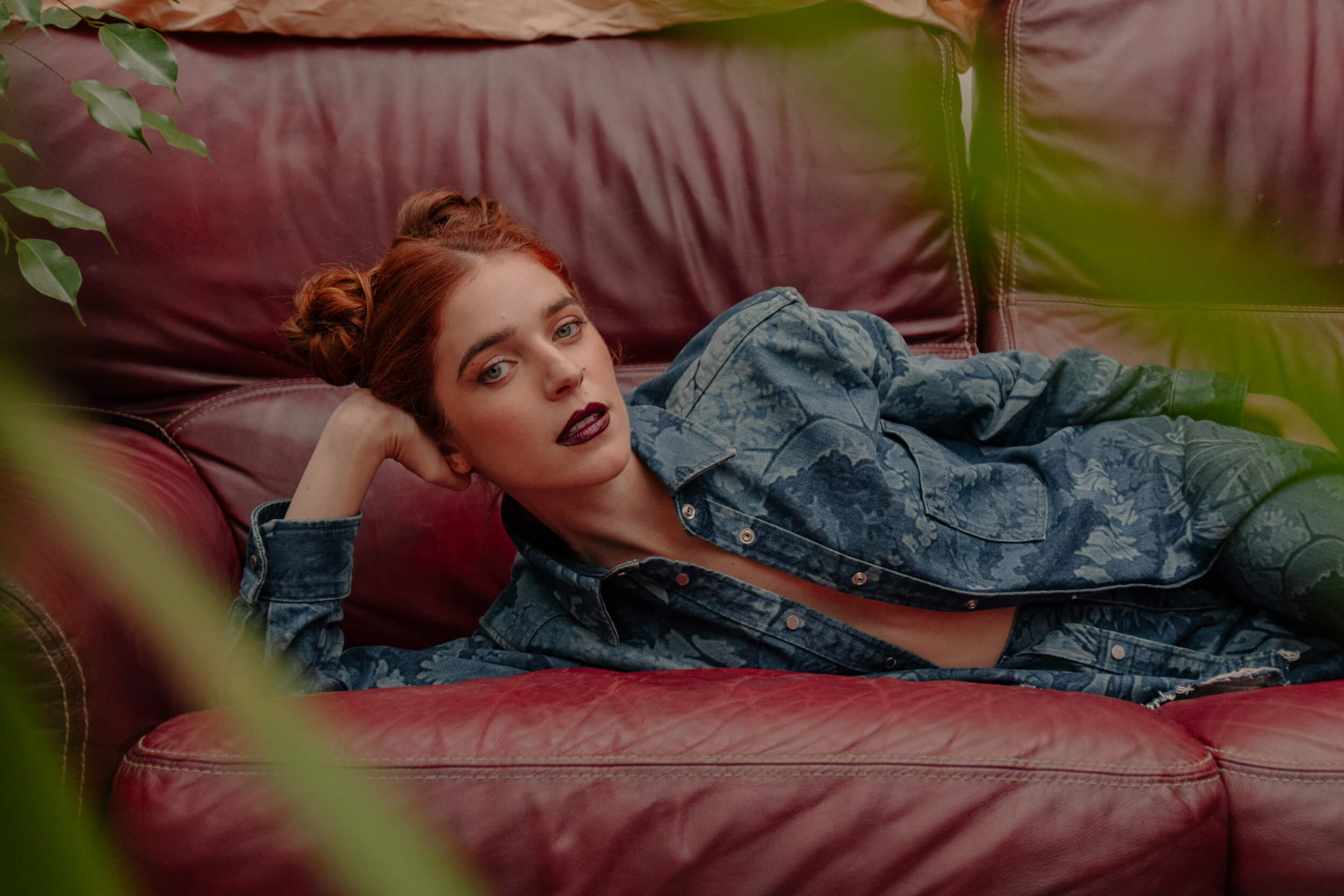
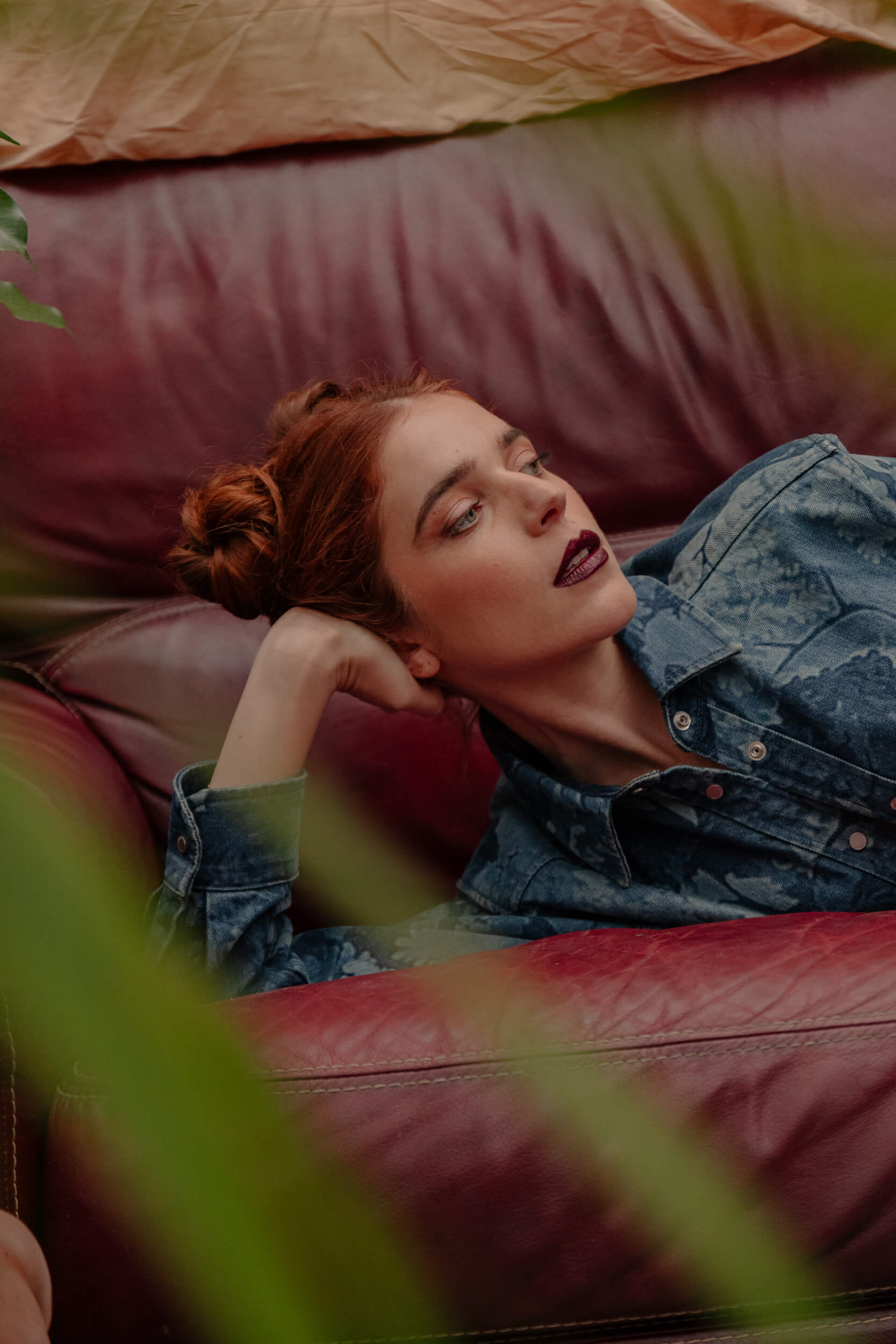
Your most significant cinematographic encounter, so far?
I’d say Lino Guanciale. Lino is an extraordinary actor and a person from which you can learn a lot, also from a human point of view, he’s generous and professional. One of the things I admire the most about Lino is his deep love for culture and art and his constant commitment to everything he does.
Who or what inspires you at work, but also in your everyday life?
I always take inspiration from what my eyes can see and my hands can touch; the world is a very hard place to watch, and being acute observers allows us to continuously discover its beautiful and constantly contrasting sides.
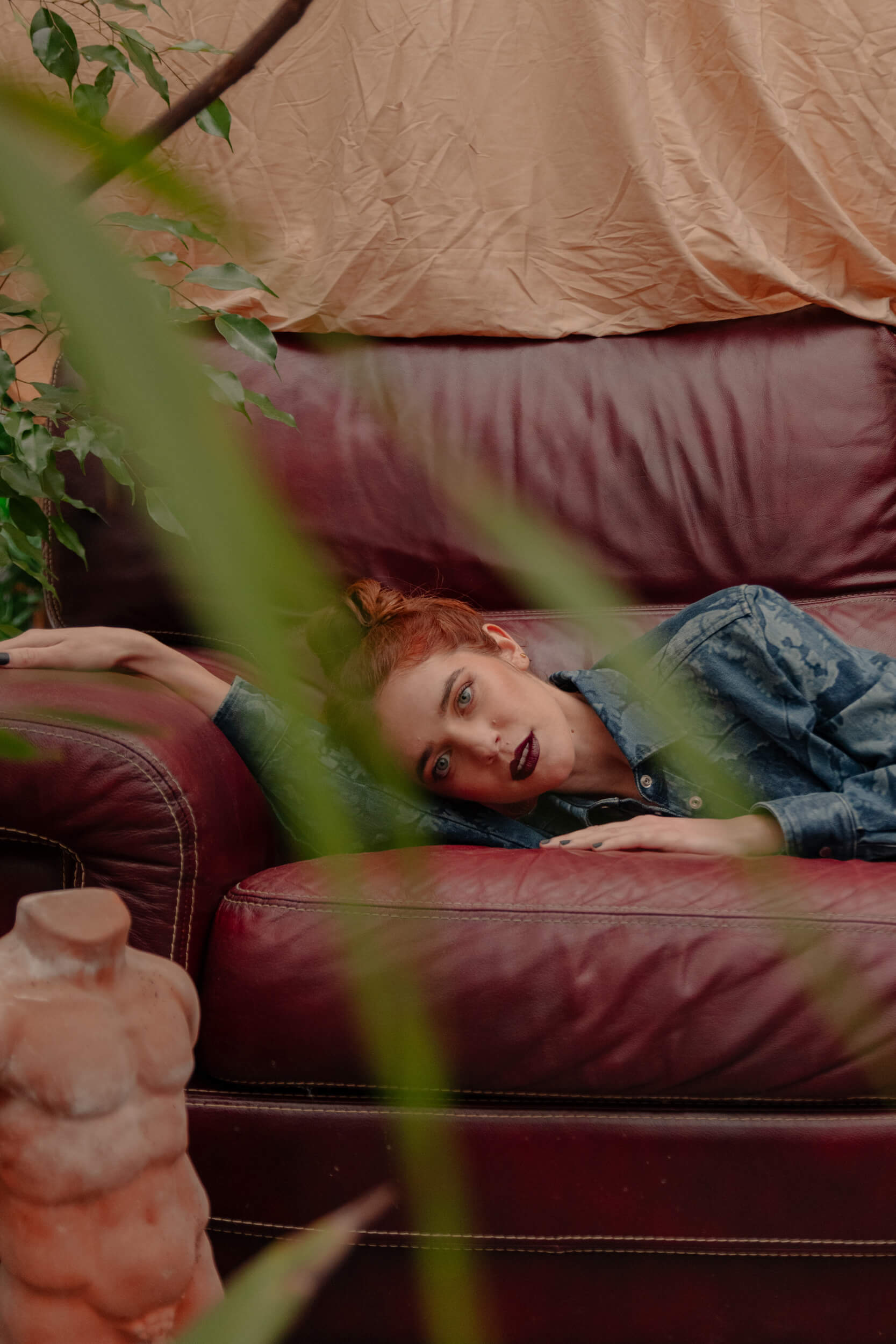
“I always take inspiration from what my eyes can see and my hands can touch…”
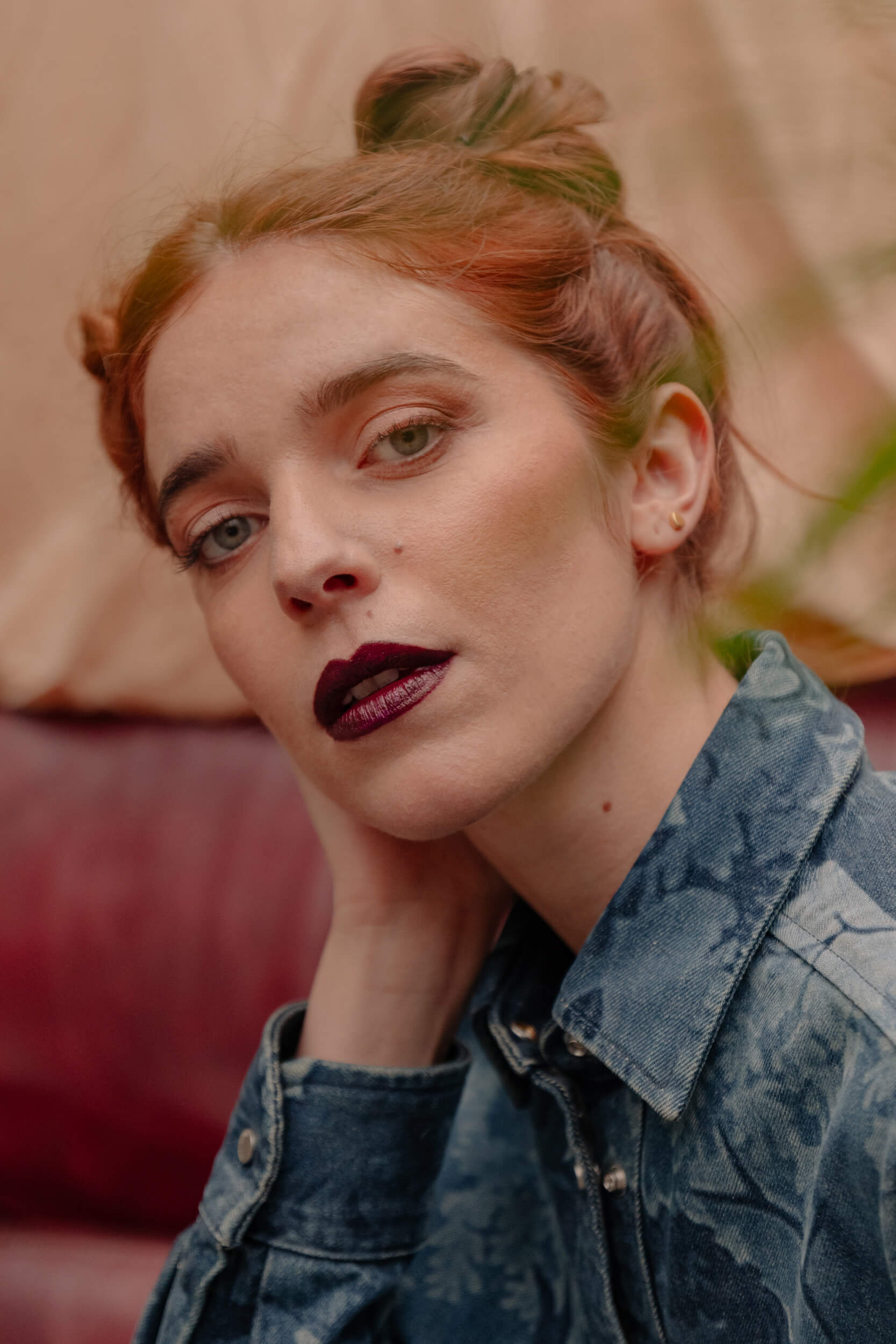
A character from a movie or TV series you’d like to be friends with?
Ironman!
An epic fail on set?
One of the funniest ones is related to one of the first projects I took part in, “Questo è il mio paese;” I remember that, in one scene, I entered with the comb stuck in my hair without noticing!
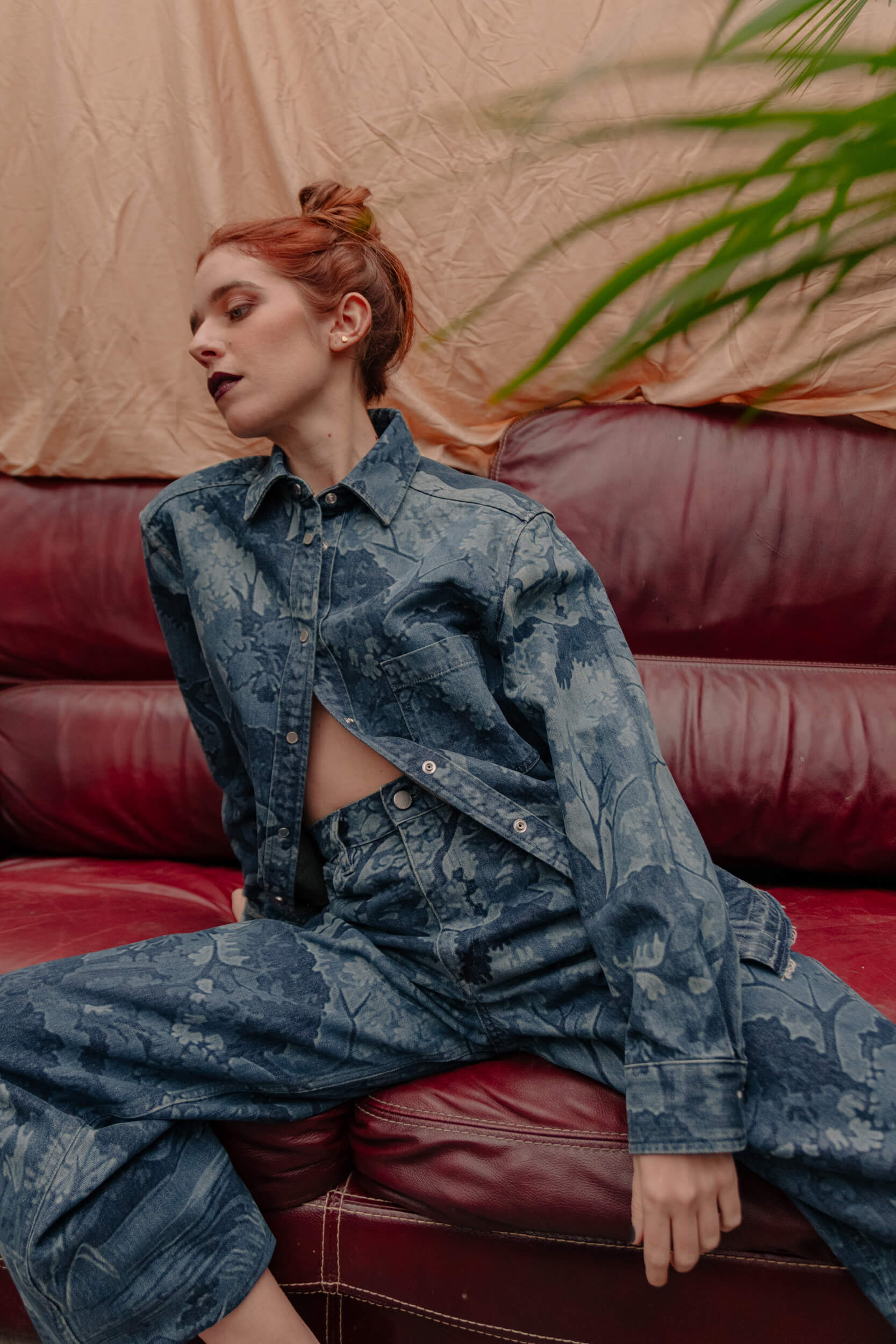
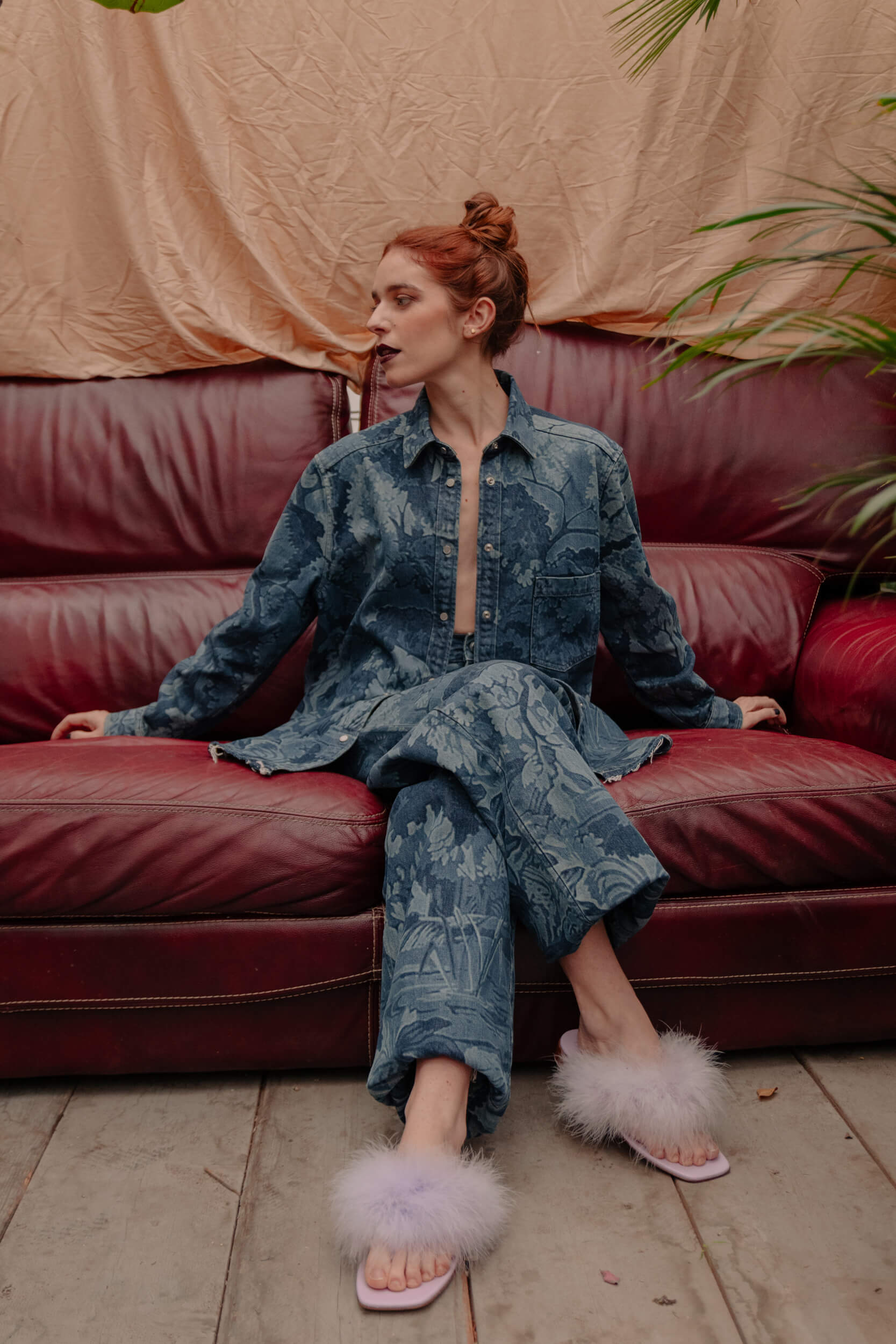
Your must-have on set?
Does amusement count?
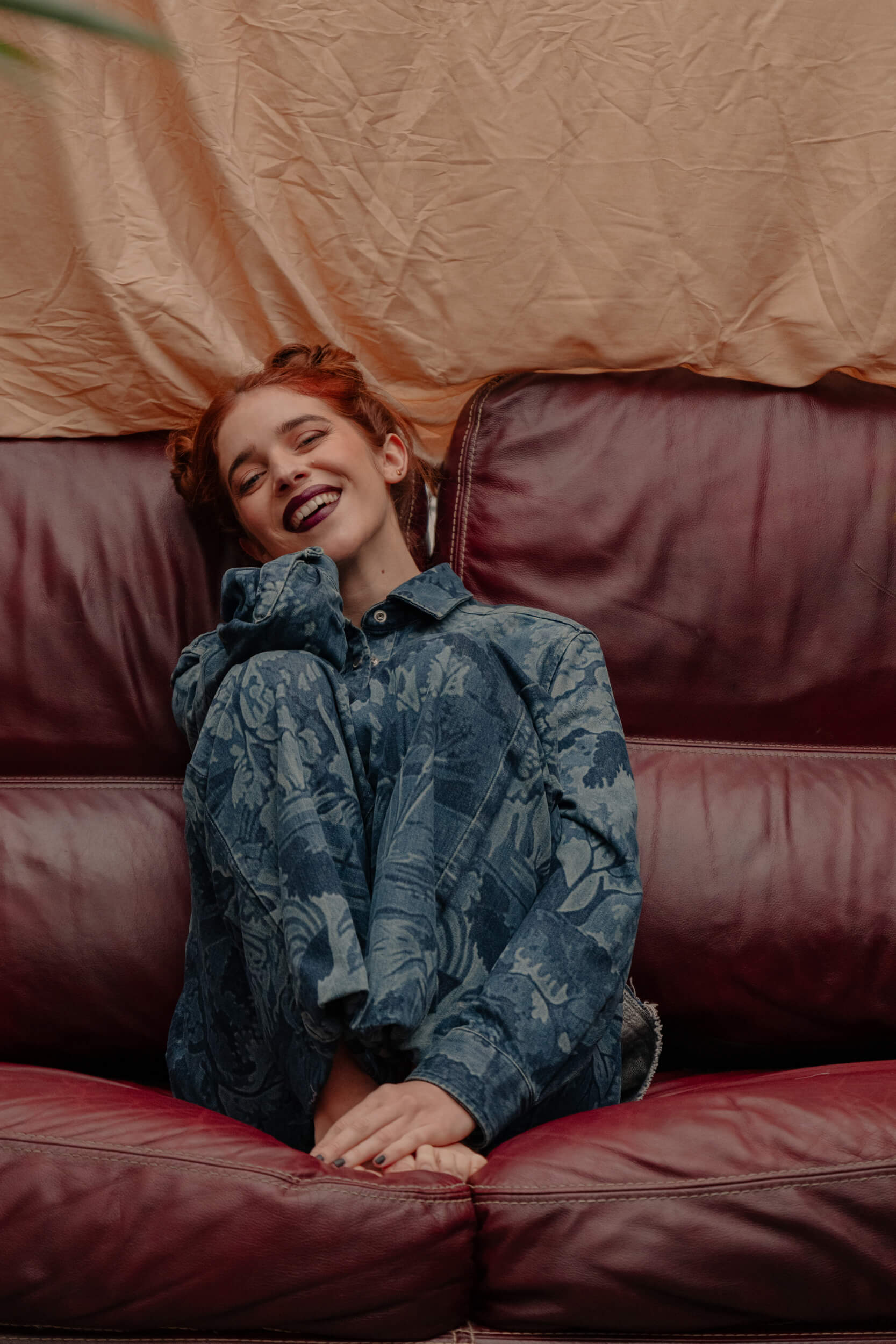
What does “feeling comfortable in your own skin” mean to you?
I think it has to do with the ability to listen to yourself deep inside. To listen to what your body and your soul are telling you and second it with no judgment, in my opinion, and it’s the sincerest way ever to get to say that you are your true self.
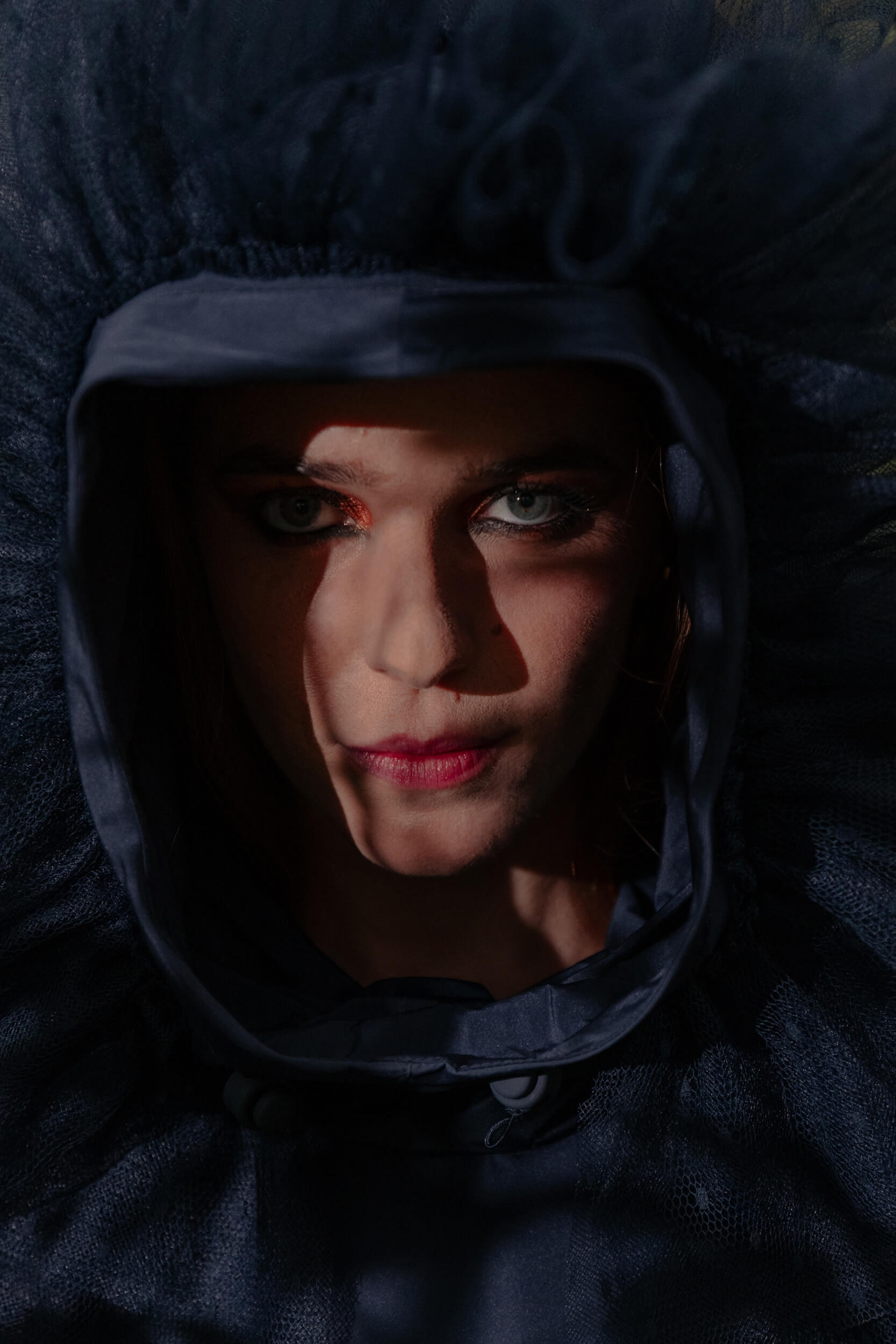
“I think it has to do with the ability to listen to yourself deep inside.”
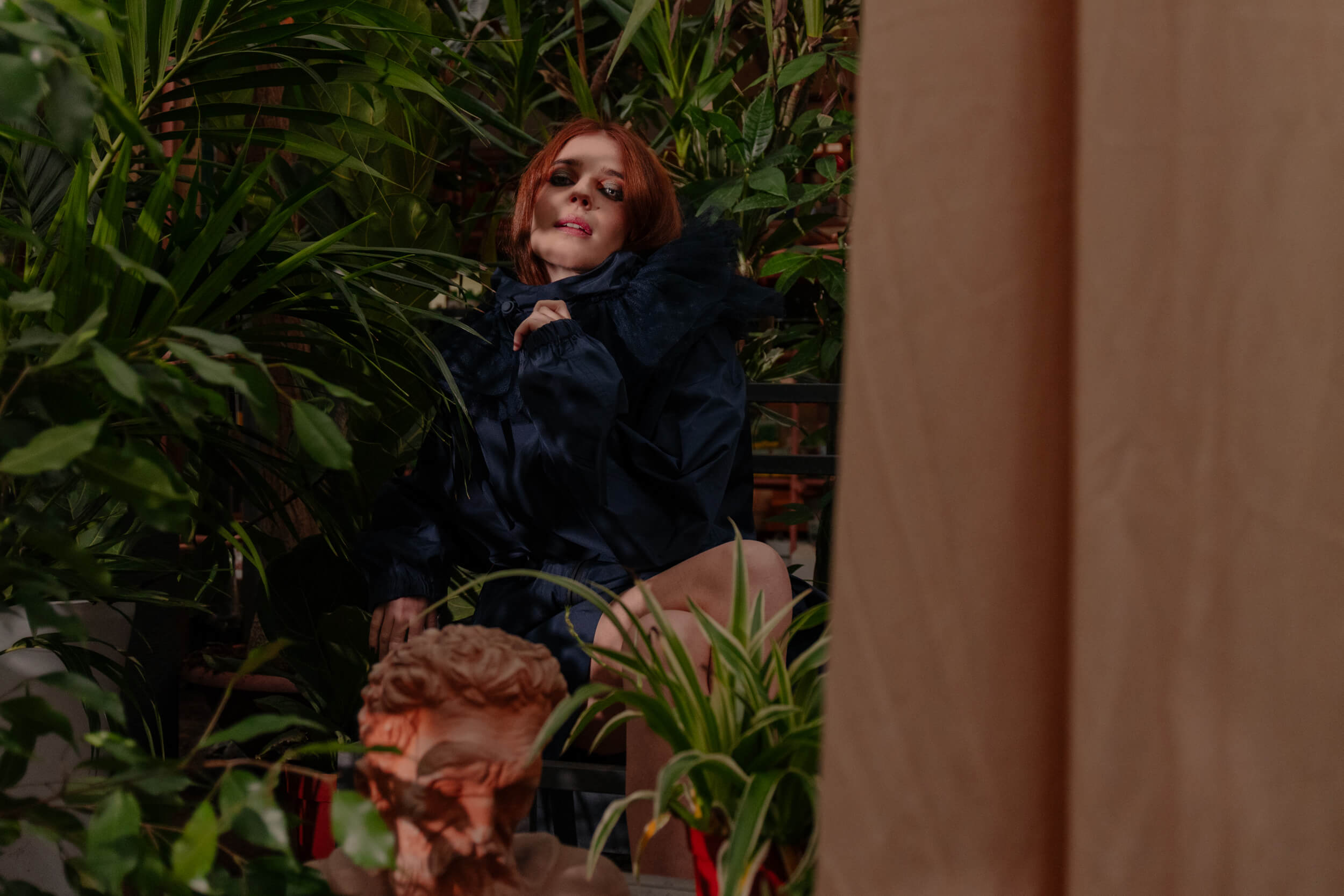
What’s the bravest thing you’ve ever done?
Voltaire used to say: the bravest decision you can make every day is to be in a good mood.
I think this is a fundamental starting point; welcoming an open and free soul is an open invitation to beauty and satisfaction.
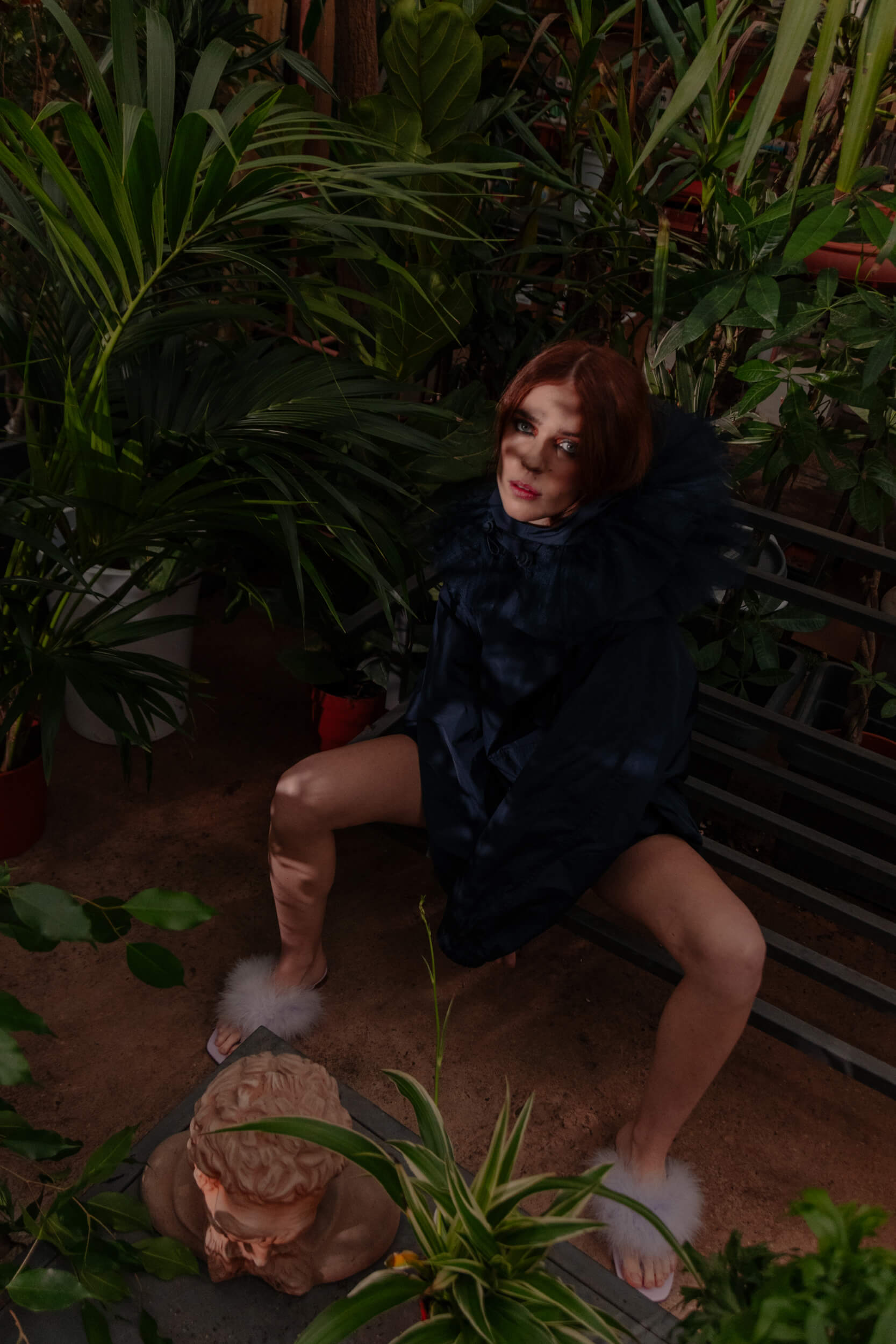
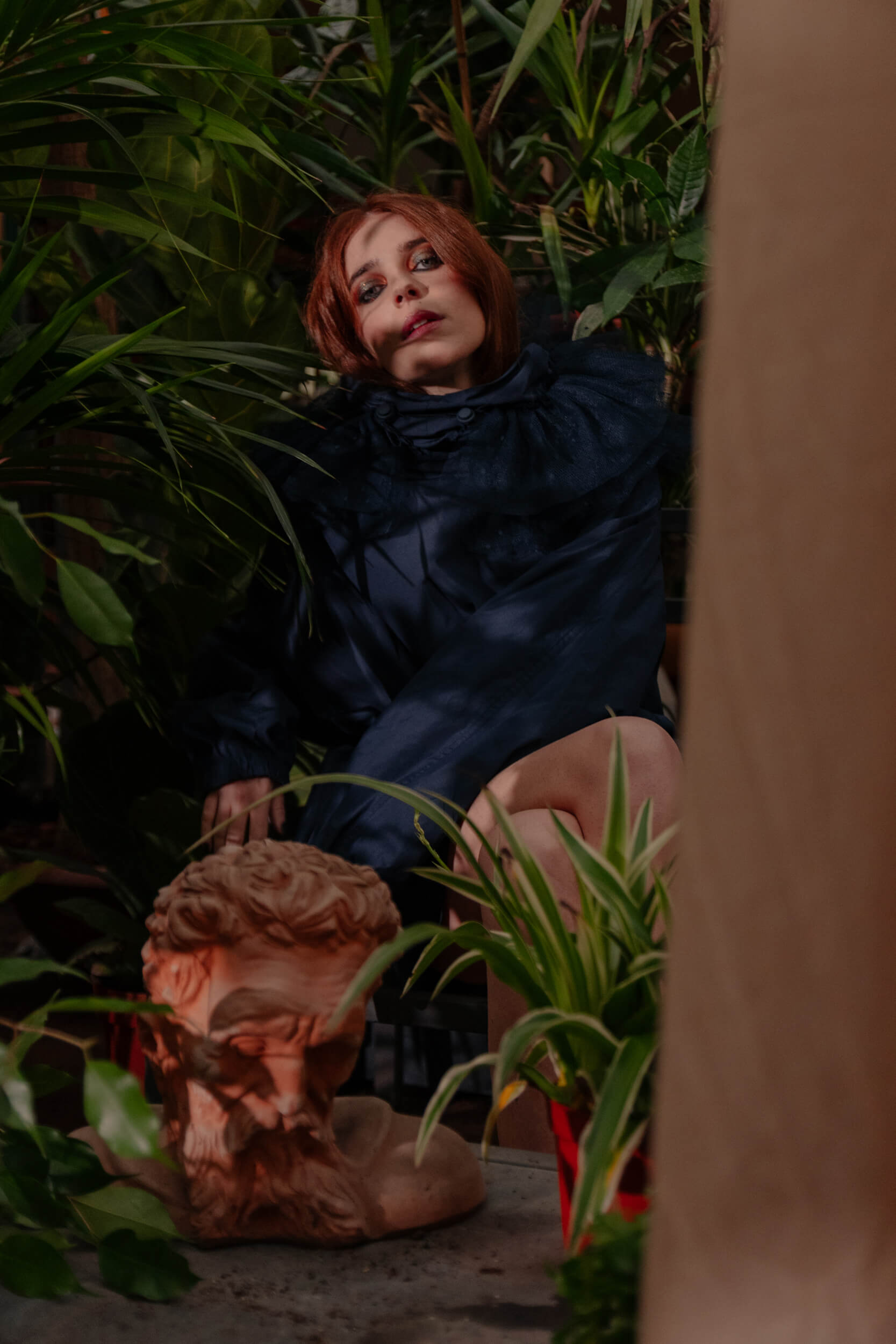
What are you afraid of?
I have so many fears, but the most concrete one is ornithophobia, I’ve always been afraid of birds, since forever. Otherwise, darkness.
What’s your happy place?
My house.
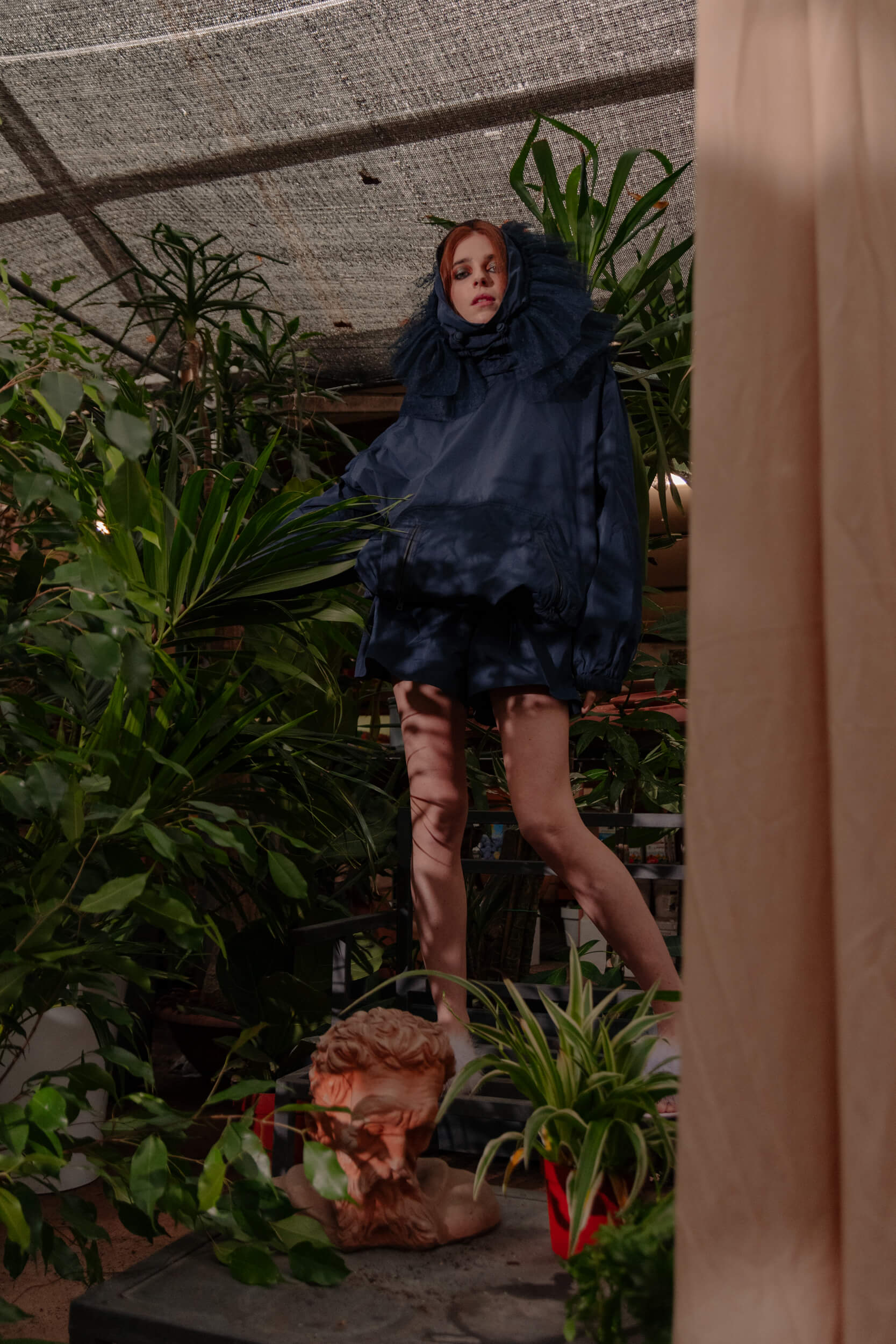
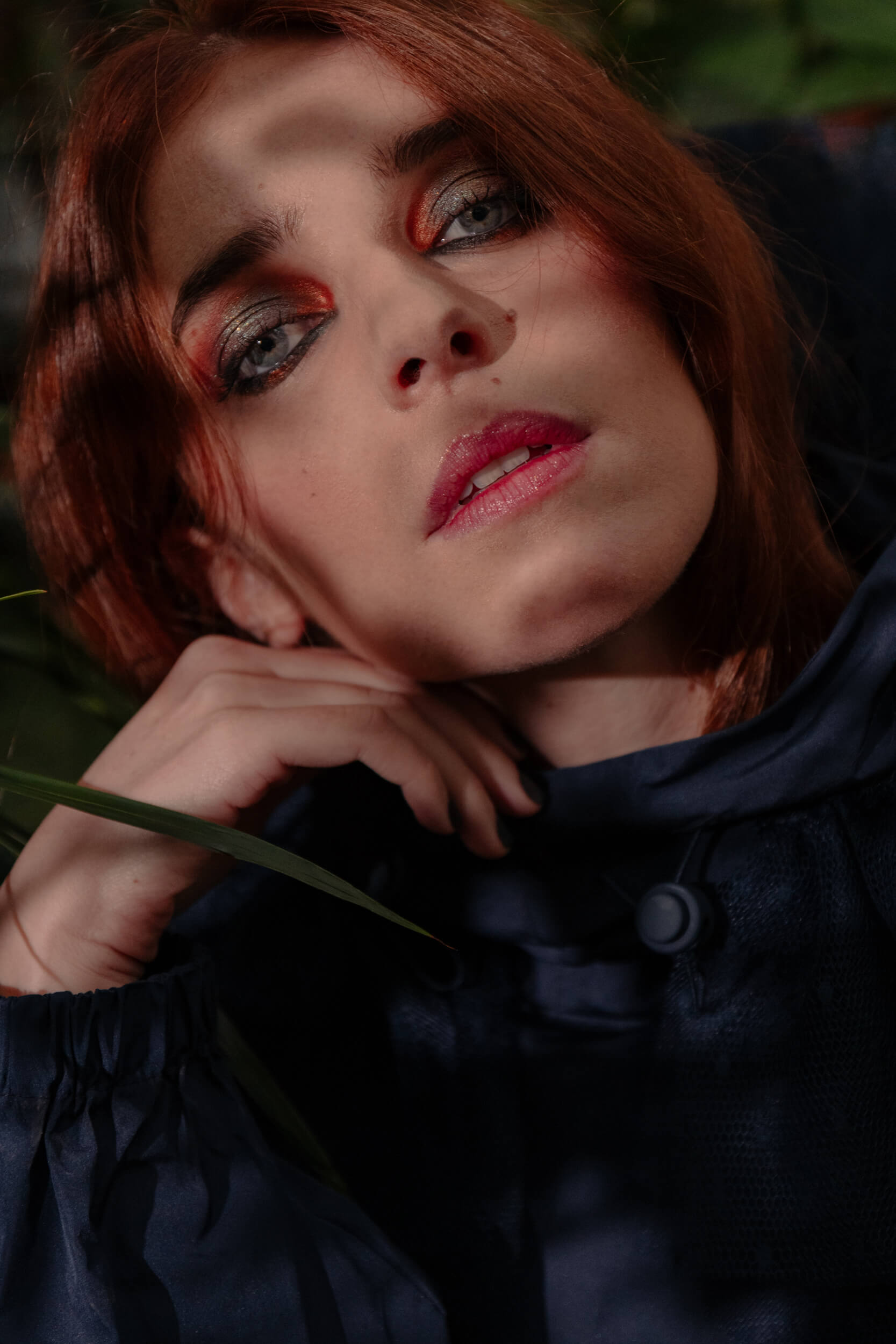
What’s your favorite cake?
Cake? Marron glacé forever and ever!
Photos and Video by Johnny Carrano.
Makeup & Hair by Carlotta Badiali.
Location: Vivai Mari.
LOOK 1
Dress: Vivetta
Shoes: Vivetta
Coat: Red Valentino
LOOK 2
Total look: Red Valentino
Shoes: Vivetta
LOOK 3
Total look: Red Valentino
Shoes: Vivetta

